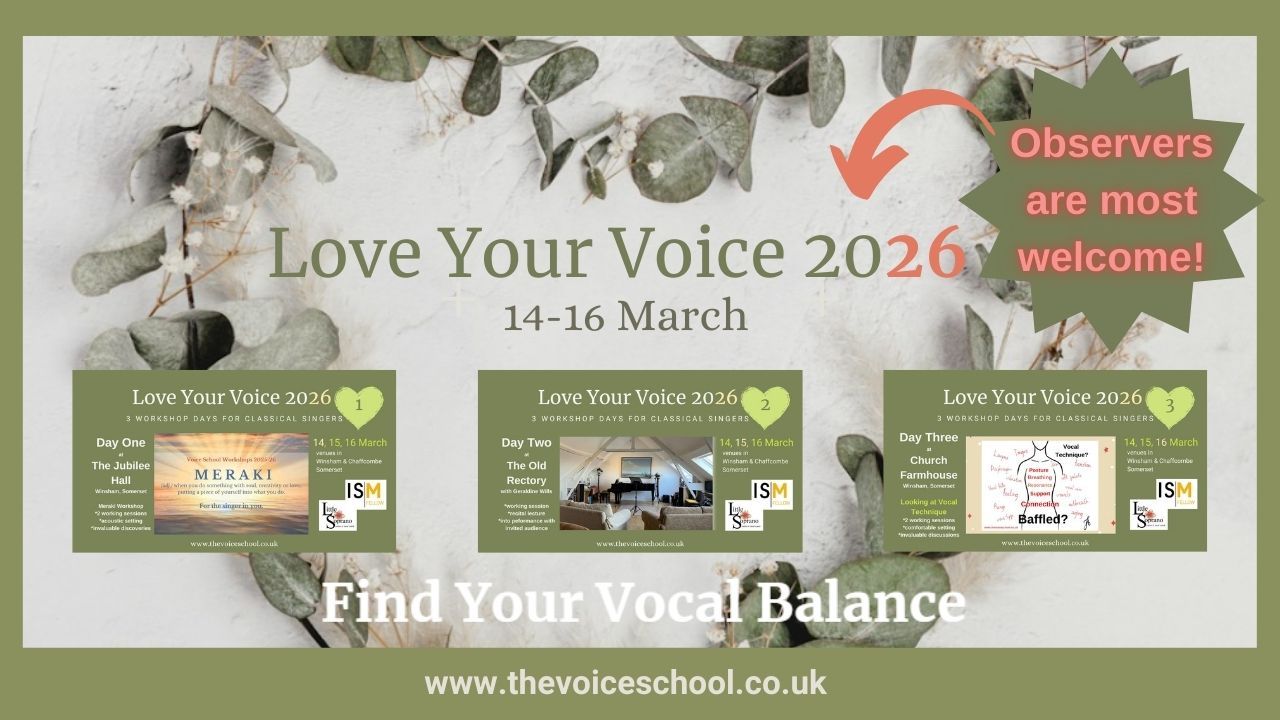Technique Tuesday Revised: Breathing - no need to push!


I first shared this infographic in May 2017 - inspired by a quote from The Voice Gym that I had seen on Twitter. Its message has to be one of the most golden statements when it comes to learning how to sing well.
But, what does it mean?
Misconceptions
When we think about breathing, everyone is usually very stressed about it as they get into their singing. It becomes a primary concern ie, will I have enough to get me through that phrase?
Will it last…?
There’s the fear that since breath is always escaping, it needs to be controlled by
- a) getting masses of it IN, and then
- b) to hold on to it, to control it for as long as possible, to nail that 4-bar phrase/that high note/the last note…
If we imagine gaining greater volume when we sing, there’s a psychological trigger that suggests to us that we must push more air to make it happen. But a greater volume achieved by pushing more air simply puts more stress on those little vocal folds (only 3-6 cells thick each) and leads to a tired throat and no voice at the end of the rehearsal/performance. Not ideal.
Can you relate? Have you experienced this?
The facts
The skill of singing well lies in patience, in practising little and often and with focus - and great guidance or mentoring. This infographic suggests that the secret also lies in appreciating what the body naturally wants and is equipped to do and not interfere with it to any great degree.
If you want more breath control/quality of sound/use of volume, you’ve got to become acquainted with the idea of ONSET. That is, the moment when your vocal folds come together, subglottic pressure is formed and soundwaves are born and ultimately released.
Wait for it … this is all based more on what you FEEL that what you HEAR.
I know, it is totally counterintuitive. But that’s why singing well - and caring for your instrument so that it will last a lifetime, is a learned skill.
Best next steps
Vocal technique need not be bewildering and after years of experience teaching all sorts of singers, I have found that it boils down to a true appreciation of the principles behind just 5 Essential Vocal Ideas. Take a look at my free online resources as a starting point. But here are some other thoughts:
- Find a great coach.
- Join a mentoring group.
- Share the experience.
- Be heard and listen to others.
Interested in more information? Here are some useful links:
You may simply need a better vocal roadmap, ie, the what, where, and why of singing
or understand the part your vocal folds play within the articulatory system
or consider what may be the cause of Vocal Nodules
or perhaps more specific information about a mentoring community for singers
Curious about singing basics? Let's get you started with the right learning tools.
Download my free need-to-know vocal essentials guide for singers, vocal technique principles simply explained.







